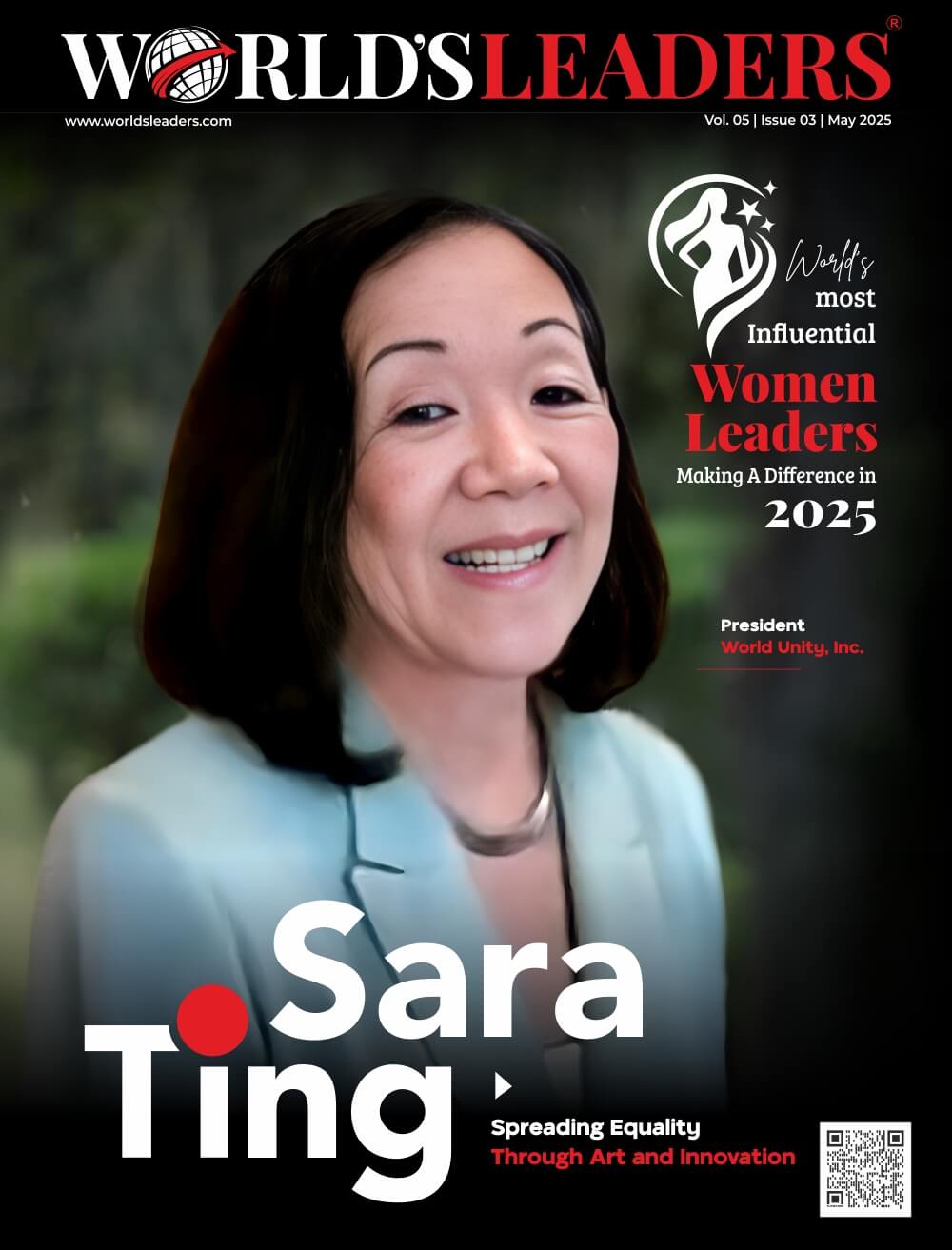Faye Crosby, a social psychologist, discovered a startling occurrence more than 25 years ago: the majority of women deny experiencing gender discrimination, even when they are aware that it happens to women in general and it is objectively true.
Many women have made great efforts to remove gender from the picture and just be recognized for their abilities. Furthermore, the presence of gender prejudice in organizational practices and rules may imply that employees lack the authority to decide on their own success. When questioned about potential barriers to advancement for women in their organizations, they respond:
“It’s nothing overt. I just feel less of a connection, either positive or negative, with the guys I work with. So sometimes I seem to have difficulty getting traction for my ideas.”
“I look around and see that my male colleagues have P&L responsibility and most of us are in staff roles. I was advised to make the move to a staff role after the birth of my second child. It would be easier, I was told. But now I recognize that there is no path back to the line.”
“My firm has the very best intentions when it comes to women. But it seems every time a leadership role opens up, women are not on the slate. The claim is made that they just can’t find women with the right skill set and experience.”
The idea that gender bias does not exist in these women’s professional lives is refuted by these statements. Intentional exclusion is not necessary for second-generation bias, nor does it always result in immediate harm to any particular person. Instead, it fosters an environment where women are unable to grow or realize their full potential—something like “something in the water.” These instances reflect work structures and practices that disadvantage women, such as feeling less connected to one’s male coworkers and being urged to take a staff position to accommodate family obligations.
When second-generation bias isn’t understood, people rely on stereotypes to justify why women as a whole haven’t succeeded in achieving parity with men: If they can’t get to the top, it’s because they “don’t ask,” “are too nice,” or just “opt out.” These messages imply that successful women are the exception rather than the rule and blame unsuccessful women for their own mistakes for not being forceful or dedicated enough in their work.
Women who are aware of the subtle and widespread consequences of second-generation bias report feeling empowered rather than victimized since they are able to do something about it. When they are qualified but have been passed over for leadership positions, they might submit their names. They can look for sponsors and other people to help them grow in such roles and support them. They can bargain for employment terms that suit their needs as well as the performance standards of their employers. Women find it simpler to “lean in” when there is such understanding.





